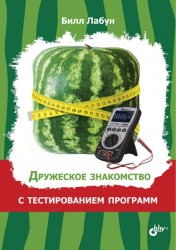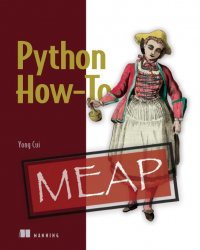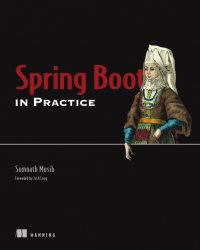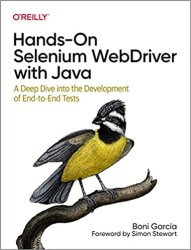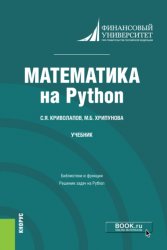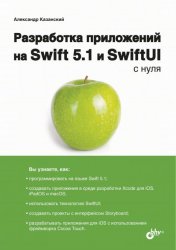- Добавил: TRex
- Дата: 11-06-2022, 19:58
- Комментариев: 0
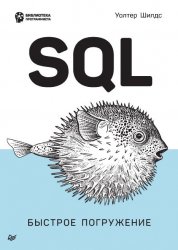 Название: SQL: быстрое погружение
Название: SQL: быстрое погружениеАвтор: Шилдс У.
Издательство: Питep
Год: 2022
Формат: True PDF, ePUB
Страниц: 223
Размер: 12,6 Mb
Язык: Русский
Что общего между самыми востребованными профессиями и стремительным увеличением количества информации в мире? Ответ: язык структурированных запросов (SQL). SQL – рабочая лошадка среди языков программирования, основа основ для современного анализа и управления данными. Книга «SQL: быстрое погружение» идеальна для всех, кто ищет новые перспективы карьерного роста; для разработчиков, которые хотят расширить свои навыки и знания в программировании; для любого человека, даже без опыта, кто хочет воспользоваться возможностями будущего, в котором будут править данные.

